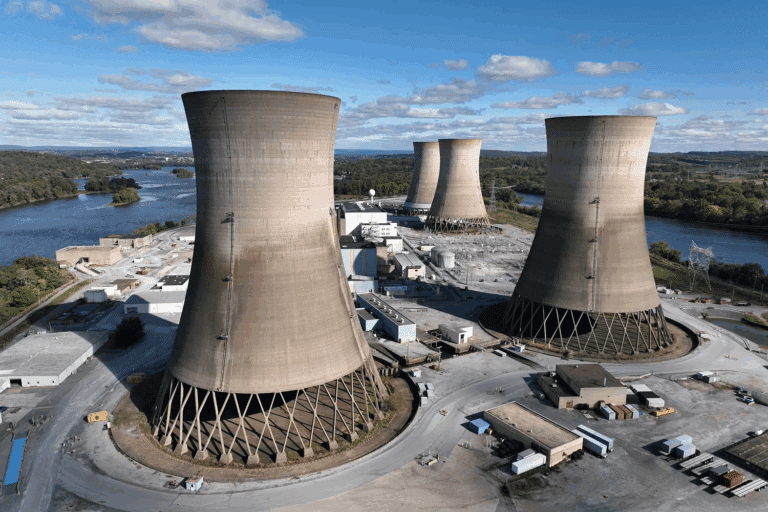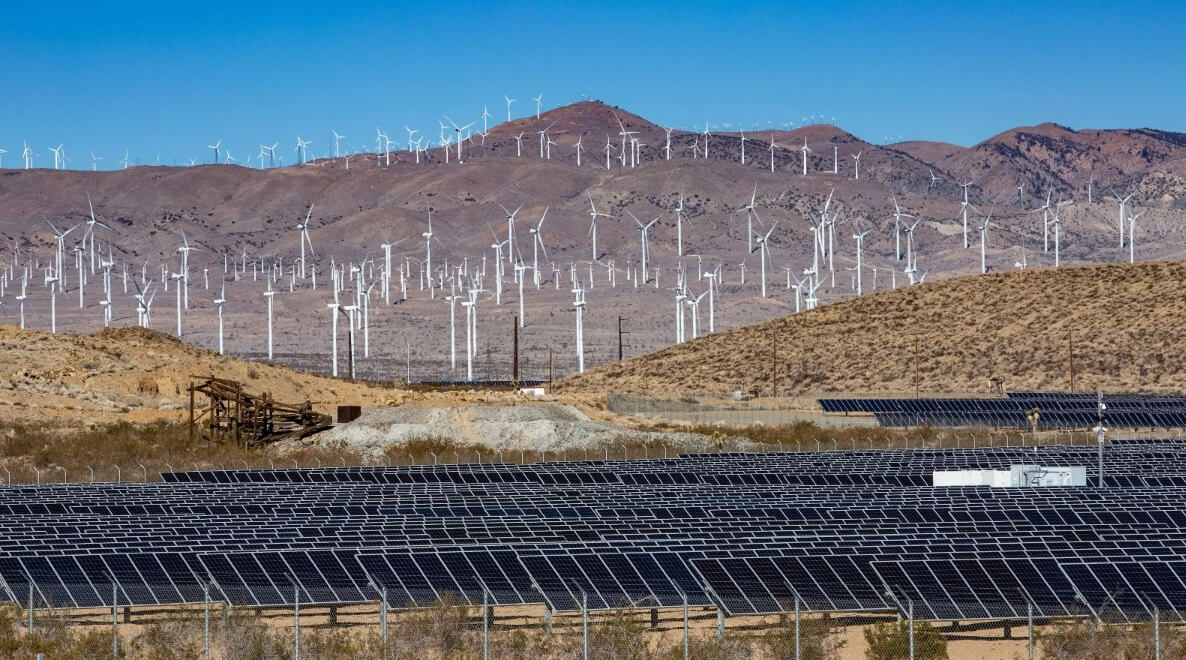This website uses cookies as well as similar tools and technologies to understand visitors’ experiences. By continuing to use this website, you consent to Columbia University’s usage of cookies and similar technologies, in accordance with the Columbia University Website Cookie Notice.
Energy Explained
Insights from the Center on Global Energy Policy
This Energy Explained post represents the research and views of the author. It does not necessarily represent the views of the Center on Global Energy Policy. The piece may be subject to further revision. Contributions to SIPA for the benefit of CGEP are general use gifts, which gives the Center discretion in how it allocates these funds. Rare cases of sponsored projects are clearly indicated.
For a full list of financial supporters of the Center on Global Energy Policy at Columbia University SIPA, please visit our website at Our Partners. See below a list of members that are currently in CGEP’s Visionary Circle. This list is updated periodically.
On March 31, the US Treasury Department issued guidance on tax incentives for vehicle batteries and minerals under the Inflation Reduction Act (IRA). Among other features, the new guidance—which is subject to revision after a period of public comment—proposes a relatively permissive interpretation of the IRA’s provisions for tax subsidies on domestically sourced critical minerals and battery components assembled or manufactured in North America.[1]
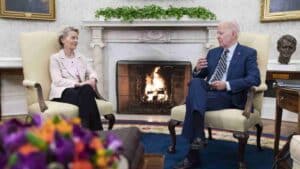
Joe Biden and Ursula von der Leyen meet on March 10. Photograph via Shutterstock.
The guidance signals the high-stakes balancing act the Biden administration aims to pull off: delivering accelerated progress on climate protection and growing high-quality clean energy jobs while avoiding bitter trade tensions with partners and allies such as the European Union (EU) and Japan. Sustaining such a balance in the coming months, as the administration releases other rounds of implementation guidance, will be challenging, but this appears to be the Biden team’s goal. This post discusses how updated international trade can serve both as a conveyor belt to move raw materials, intellectual property, investment, new hardware, and other services around the globe—and as an enabler of global climate progress. Whether the politics permit the simultaneous pursuit of new domestic clean energy manufacturing and an updated version of trade remains to be seen.
Landmark Legislation and Bitter Complaints
A trio of new laws resulting from Joe Biden’s first two years as president—the Infrastructure Investment and Jobs Act, the CHIPS and Science Act, and the IRA—represent long-awaited American action on climate. The laws aim to speed the build-out of American clean energy industries, and already there has been a resulting flurry of investments announced in states such as Georgia, Arizona, Texas, West Virginia, Ohio, Indiana, and Michigan.[2] The new jobs that these announcements foresee may, in time, help to create support for clean energy development in some parts of the country that have not signaled strong support for climate protection in the past. And the improved economic prospects are certainly welcome, as many communities in these states have seen manufacturing jobs move overseas, leaving unemployment and crumbling brownfield installations in their wake.
But the new laws lay bare a fault line within current views on the role of trade in promoting clean energy in the United States. Some policy makers and advocates assert that the purpose of the IRA is simply to create American jobs and secure supply chains.[3] The political appeal of this argument is strengthened by the fact that China—the country that has doggedly pursued a dominant position in many clean energy technologies and inputs—embodies what many critics most dislike about past trade policies. China’s two-decade-long membership in the World Trade Organization has not driven market access or the end of practices, such as forced technology transfer, theft of intellectual property, manipulation of markets, and violations of safety standards and human rights, that have been longstanding sources of friction.[4]
The EU has now also put in place several measures, designed in part to respond to the IRA, that may pose serious complications for the future of trade. One example is the EU’s new border tariff, the Carbon Border Adjustment Mechanism (CBAM), which will be phased in starting in October 2023. The CBAM will impose a price at the EU’s border on products from jurisdictions that do not price carbon emissions as Europe does. Implementation of the CBAM could spur new trade tensions, including with the United States, given the reluctance of the US Congress to impose an explicit price for CO2 emissions.[5] In addition, EU officials have stated that it is possible—though not necessarily likely—that the bloc’s new Foreign Subsidy Regulation could be applied to products from the United States that are deemed to be improperly subsidized.[6]
Friendshoring Can Fill Gaps and Reduce Supply Insecurity
In the face of these headwinds to longstanding trade policies, a key question is whether leaders in Washington and other capitals can find a palatable mix of efforts to promote domestic industry and sustain trade through friendshoring (encouragement of investment in, and trade with, aligned countries) and progressively greater supply chain security.[7]
The projected growth in clean-energy-related demand for minerals highlights the importance of a functioning, updated trading system. The International Energy Agency estimates that, under its Net Zero Emissions by 2050 scenario, the global economy will require a sixfold increase in mineral production over 2020 levels.[8] China’s current domination of minerals markets poses threats to supply security; past threats and cutoffs of minerals supplies highlight this risk.[9]
Europe’s experience with Russian gas further underscores the importance of addressing the strategic vulnerability arising from China’s domination of minerals markets. In fact, many in Washington hope to rebuild US mining and minerals processing (including through the IRA’s tax provisions). But that’s difficult because only time and significant investment will nurture alternative mineral supply chains. Improvements in procedures are needed if domestic mining and mineral processing are to avoid protracted roadblocks. In the meantime, expanded efforts to develop friendshoring structures—such as the Minerals Security Partnership—can progressively reduce today’s supply insecurity.[10]
Trade Can Drive Down Costs and Disseminate Clean Energy
Trade moves technologies to markets beyond where new products are developed, driving economies of scale, speeding up progress along the experience curve, and enabling cost reductions for new products. This is vital for scaling climate solutions, especially those that require large-scale investment and long lead times.
Historically, new technologies have moved from first commercialization to tiny niche roles to material shares of the global energy economy over the course of several decades.[11] Going forward, these processes need to unfold at lightning speed. The track record of light-emitting diode (LED) lamps is encouraging; in 2010, LED lighting represented a mere 1 percent of the global lighting market, but by 2021, LEDs represented almost half of the total market (Figure 1). This rapid dissemination happened because the global LED market expanded—enabled by trade.[12] In the coming decades, trade might speed the maturation and deployment of direct-air-capture technology, or new battery chemistries, or small modular nuclear reactors.
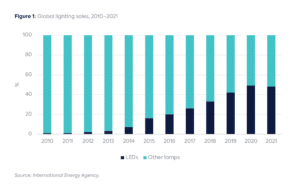
Can US Leaders Balance Job Creation and Climate Protection?
Achieving ambitious climate targets requires global action, but concurrently also strong support for domestic clean energy. The trio of recent US climate laws can give communities across the country a positive stake in the clean energy future. With a deft balancing of policies, the United States can not only create clean energy employment, improve supply chain security, and bring down clean energy costs, but also foster clean energy export opportunities and help generate global climate solutions. Whether American leaders can fashion the needed compromises, with each other and with foreign partners, is a topic the authors will return to in future posts.
CGEP’s Visionary Circle
Corporate Partnerships
Occidental Petroleum Corporation
Tellurian Inc
Foundations and Individual Donors
Anonymous
Anonymous
the bedari collective
Jay Bernstein
Breakthrough Energy LLC
Children’s Investment Fund Foundation (CIFF)
Arjun Murti
Ray Rothrock
Kimberly and Scott Sheffield
Notes
[1] https://www.utilitydive.com/news/ev-sector-welcomes-treasury-tax-credit-guidance-ira-manchin-fumes/646614/.
[2] https://www.wsj.com/articles/bidens-green-subsidies-are-attracting-billions-of-dollars-to-red-states-11674488426; https://nationalinterest.org/feature/north-american-battery-belt-here-206154.
[3] https://www.manchin.senate.gov/newsroom/press-releases/manchin-statement-on-treasury-ev-tax-credit-guidance.
[4] https://www.uschamber.com/international/made-china-2025-global-ambitions-built-local-protections-0; https://ustr.gov/sites/default/files/2022%20National%20Trade%20Estimate%20Report%20on%20Foreign%20Trade%20Barriers.pdf.
[5] https://www.csis.org/analysis/analyzing-european-unions-carbon-border-adjustment-mechanism; https://cdn.sanity.io/files/0wfzc71x/production/1c3e358c87d71d861e57932b06b6b85b190d5c92.pdf.
[6] https://www.atlanticcouncil.org/event/a-conversation-with-margrethe-vestager/; https://www.politico.eu/article/vestager-us-inflation-reduction-act-subsidies-may-face-eu-checks%EF%BF%BC/.
[7] https://www.energypolicy.columbia.edu/industrial-policy-nationalism-how-worried-should-we-be/.
[8] https://www.iea.org/reports/the-role-of-critical-minerals-in-clean-energy-transitions.
[9] https://www.reuters.com/markets/us/us-wants-end-dependence-china-rare-earths-yellen-2022-07-18/; https://foreignpolicy.com/2019/05/21/china-raises-threat-of-rare-earth-mineral-cutoff-to-us/.
[10] https://www.reuters.com/business/sustainable-business/western-countries-forge-green-alliance-getting-electric-vehicle-minerals-2022-12-12/; https://www.state.gov/minerals-security-partnership/.
[11] https://www.bp.com/content/dam/bp/business-sites/en/global/corporate/pdfs/energy-economics/energy-outlook/bp-energy-outlook-2019.pdf; https://www.shell.com/energy-and-innovation/the-energy-future/scenarios/the-energy-security-scenarios/_jcr_content/root/main/section_926760145/simple/promo/links/item0.stream/1679344984968/5bc8327925d66e1402040d0e79fed7291bf9b7e9/energy-security-scenarios.
[12] Ajinkya Shrish Kamat, Radhika Khosla, and Venkatesh Narayanamurti, “Illuminating Homes With LEDs in India: Rapid Market Creation Towards Low-Carbon Technology Transition in a Developing Country,” Energy Research and Social Science 66, August 2020, https://doi.org/10.1016/j.erss.2020.101488.
More on Energy Explained Energy Explained
The Social Cost of Carbon Is Gone — and That May Be Good News for Future US Climate Policy
President Trump has ended the federal government’s use of the "social cost of carbon" (SCC), an official estimate of the harms caused by carbon dioxide emissions.
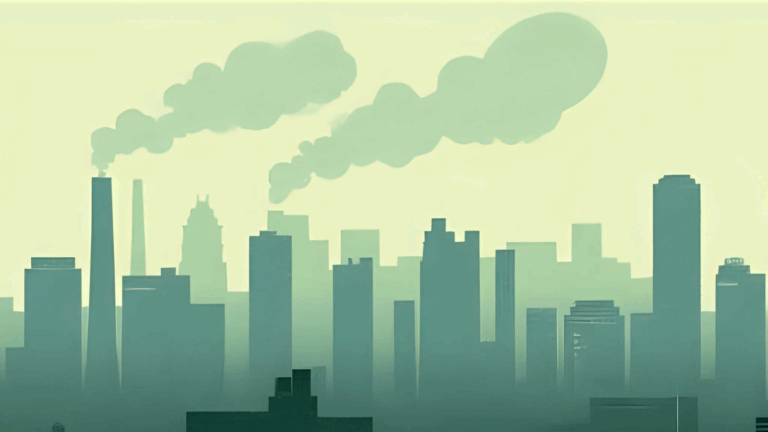
Expert Voices in Energy: The Promise and Peril of Foreign Entity Restrictions
In July, Republicans in Congress passed their signature domestic policy package, the One Big Beautiful Bill Act (or, H.R. 1).
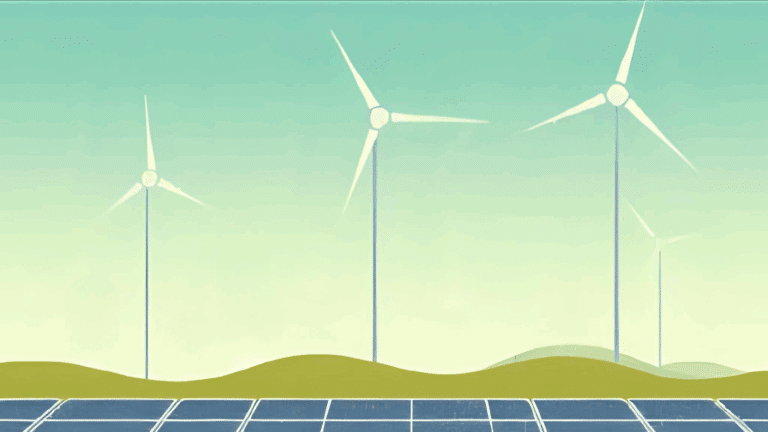
Assessing the Energy Impacts of the One Big Beautiful Bill Act
This special CGEP blog series, featuring six contributions from CGEP scholars, analyzes the potential impacts of the OBBBA across a range of sectors.
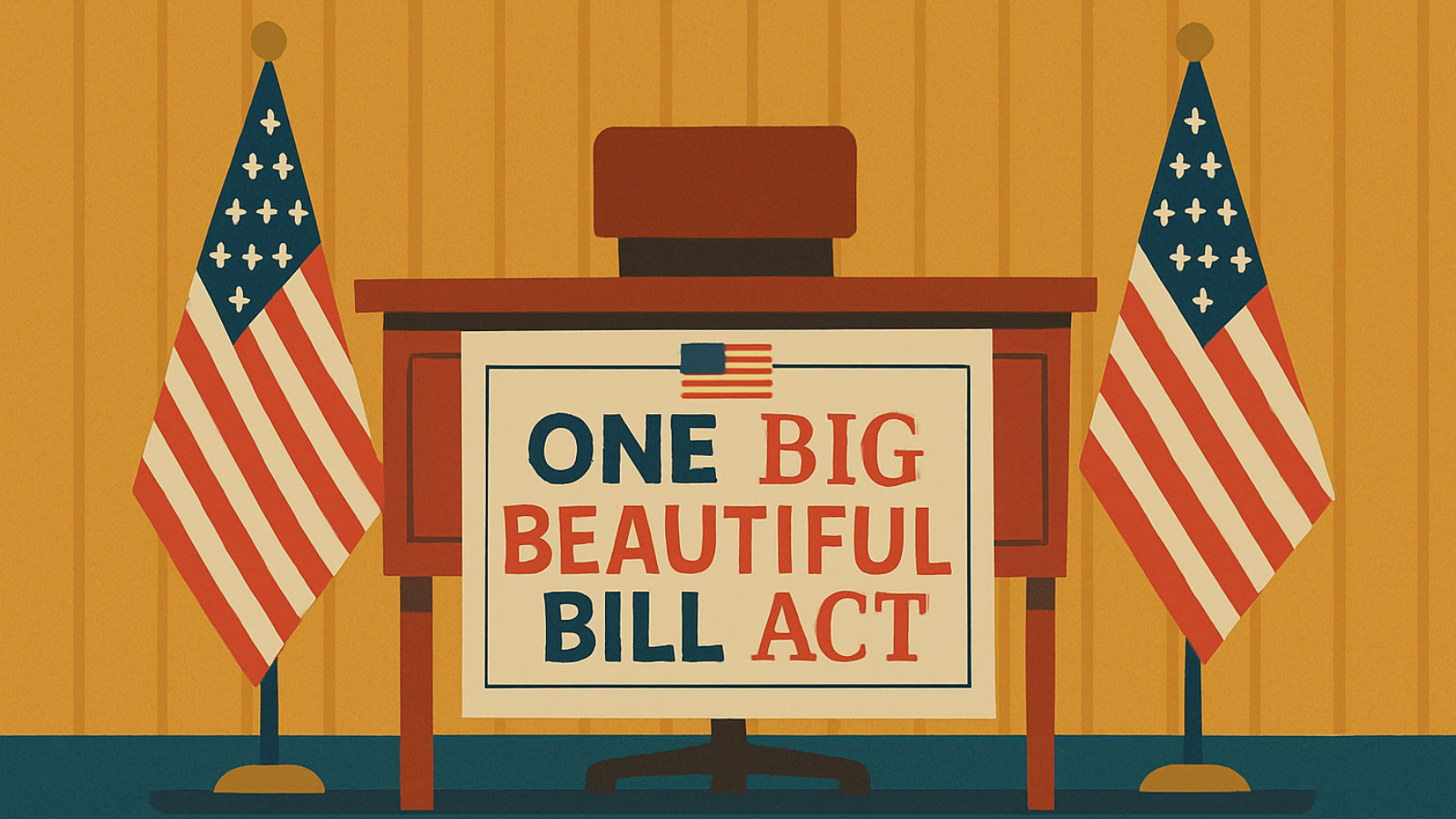
Q&A: An Energy Take on the Current State of the Iran-Israel-US Conflict
The conflict between Iran, Israel, and now the United States has yet to disrupt energy supplies to global markets.
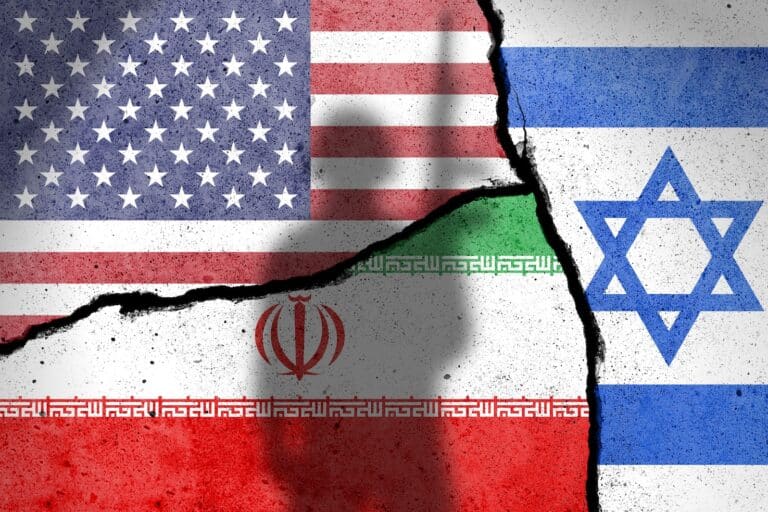
Relevant
Publications
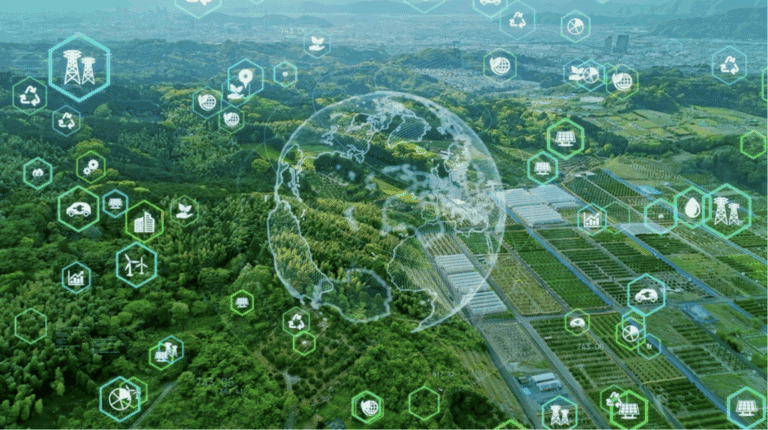
Trump’s One Big Beautiful Bill Act Has Given the US Hydrogen Industry Certainty — but Where Will the Green Energy Come From?
H2 projects will have to compete for a shrinking pipeline of zero-carbon electricity with energy-intensive data centres.
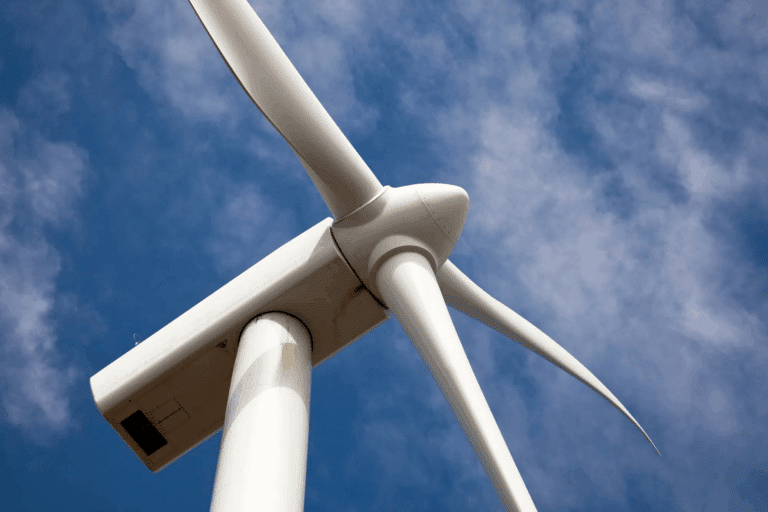
The United States Needs a Nuclear Operation Warp Speed
A nuclear energy resurgence is vital to meet rising electricity demand.
